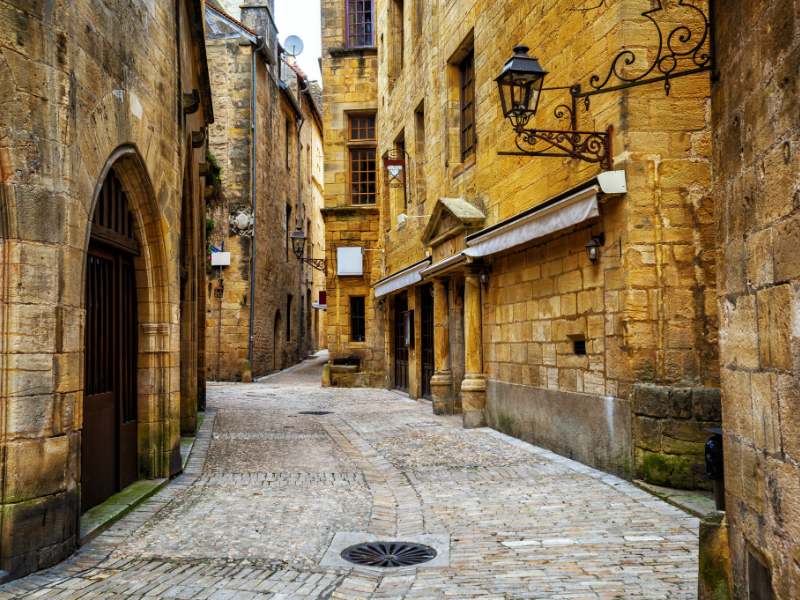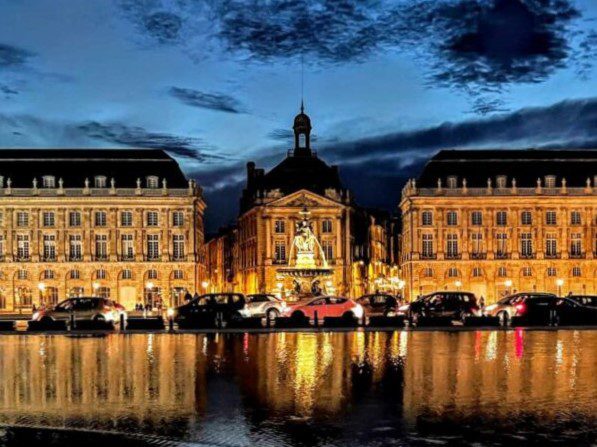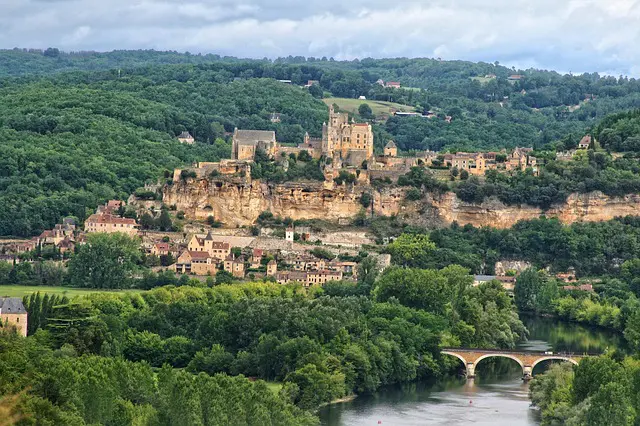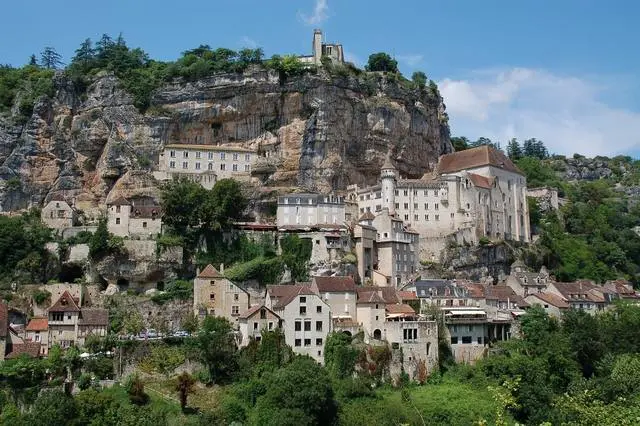Dordogne (Périgord) Map & Guide: Must-See, Food & Travel Tips
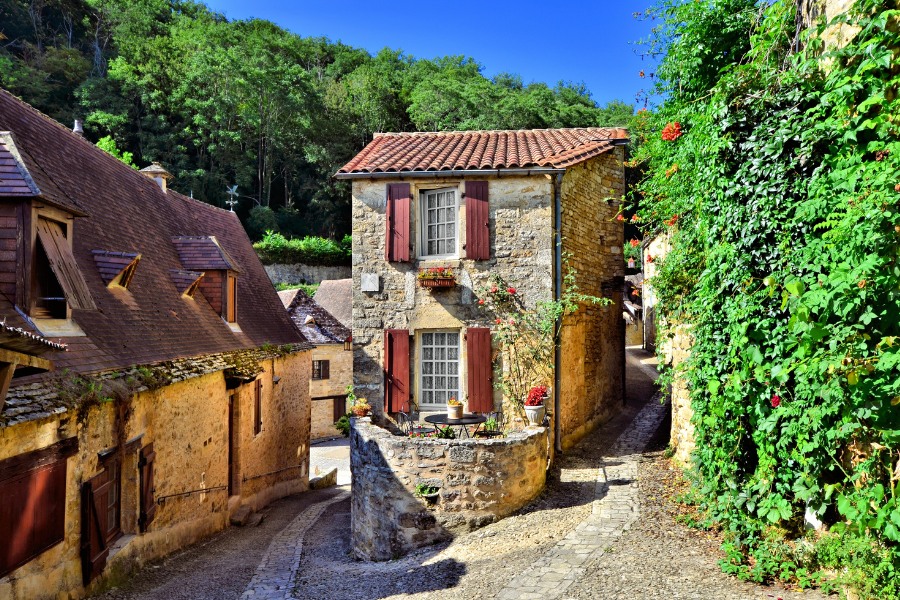
Introduction
Nestled in the heart of southwestern France, the Dordogne Valley—also known as Périgord—is a mesmerizing landscape that seamlessly weaves together medieval history, prehistoric wonders, culinary excellence, and breathtaking natural beauty. This remarkable region is a tapestry of rolling green hills, meandering rivers, limestone cliffs, and charming bastide towns that seem to have been frozen in time.
Often referred to as the Valley of 1001 Castles, the Dordogne is home to an extraordinary number of fortresses and châteaux, as well as two scenic rivers—the Dordogne River and the Vézère River—that shape its landscape. The Vézère Valley alone contains 147 prehistoric sites dating from the Paleolithic and 25 decorated caves, making it one of the most significant areas for early human history in Europe.
To help you navigate this spectacular region, we’ve created a detailed map of the Dordogne Valley, highlighting the best towns, landmarks, and scenic routes. But we won’t stop there. In this guide, we’ll take you on an in-depth exploration of Dordogne, pinpointing the finest spots to visit, discover, and savor. You’ll also find practical information on the best time to visit, how to get to the Dordogne, and travel tips to make your trip seamless.
Whether you’re a history enthusiast, a nature lover, or a foodie, you’ll find plenty of reasons to fall in love with this picturesque region.
Dordogne Map (Périgord, Dordogne Valley)
This Dordogne map outlines the region’s top attractions, including charming villages, ancient fortresses, river routes, and must-visit prehistoric sites. Use it to plan your itinerary and ensure you don’t miss any of the incredible experiences this area has to offer. Keep reading to uncover the best places to explore in the Dordogne Valley!
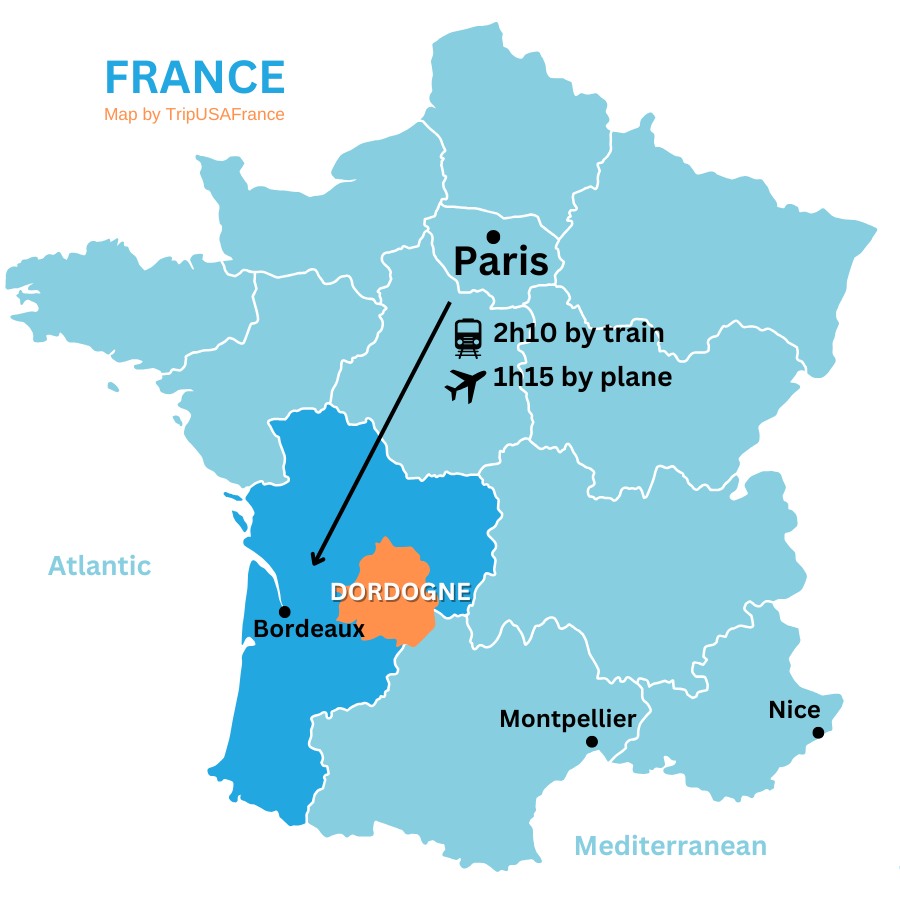

Must-See Places in the Dordogne Valley
Fairytale Villages
- Sarlat-la-Canéda – The best and most beautiful in the Dordogne Valley, Sarlat is a must-see! A beautifully preserved medieval town with cobblestone streets and golden limestone buildings.
- Beynac-et-Cazenac – Perched on a cliff overlooking the Dordogne River, this village boasts a spectacular fortress.
- La Roque-Gageac – A breathtaking riverside village set against steep limestone cliffs.
- Domme – A hilltop bastide town with panoramic views of the valley.
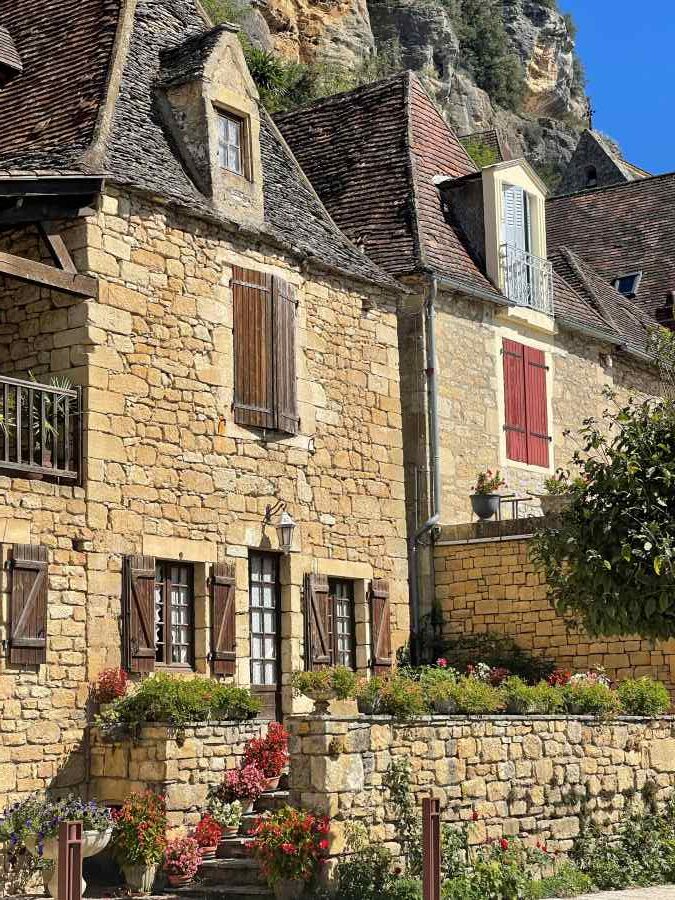

Castles & Fortresses
- Château de Beynac – A breathtaking medieval fortress that played a key role in the Hundred Years’ War. From its ramparts, you’ll enjoy stunning panoramic views of the Dordogne Valley. This iconic castle has also served as a filming location for numerous movies, including Ridley Scott’s The Last Duel.
- Château de Castelnaud – A fascinating fortress with a museum dedicated to medieval warfare.
- Château des Milandes – Once home to the famous Josephine Baker, this elegant château showcases her life and legacy.
- Château de Carlux – A lesser-known but stunning medieval fortress with incredible history.
- Maison Forte de Reignac – A unique cliffside castle, one of the best-preserved troglodyte fortresses in France.
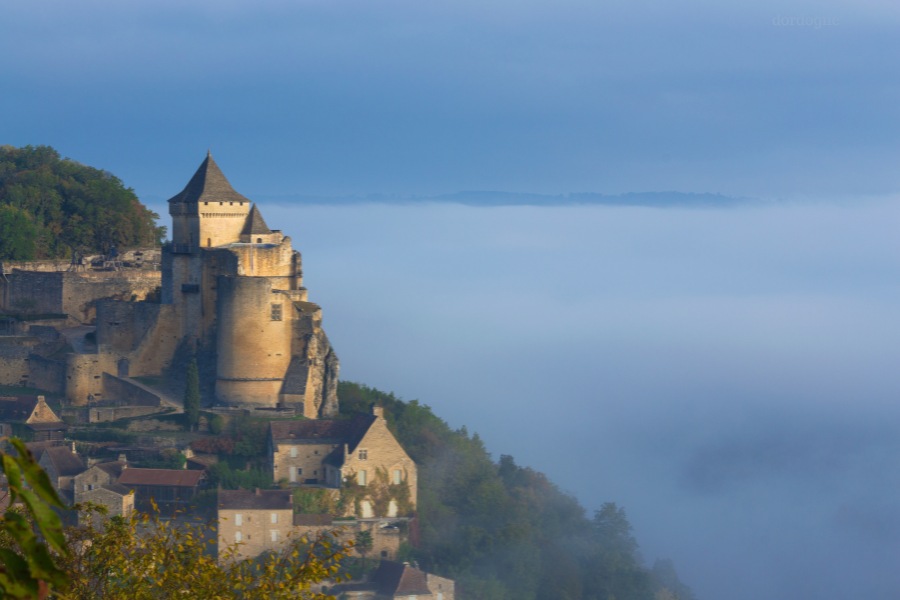


Prehistoric Sites & Caves
- Lascaux IV – A world-class replica of the original Lascaux cave, offering an immersive experience of the famous prehistoric paintings. Often called the “Sistine Chapel of Prehistory”, Lascaux IV allows visitors to witness the astonishing artwork created by early humans over 17,000 years ago while protecting the fragile original cave.
- Grotte de Rouffignac – One of the few caves still open to the public with original prehistoric engravings and drawings of mammoths and other animals. Visitors explore the cave on a small electric train, making it an excellent option for those with mobility limitations.
- Font-de-Gaume – Another original cave with striking depictions of bison and horses.
- Les Eyzies-de-Tayac – Known as the “Capital of Prehistory,” this village is home to the Cro-Magnon site, where the first remains of modern humans were discovered. It also features the National Museum of Prehistory, showcasing incredible artifacts from the region.
- Roque St Christophe – A massive rock shelter inhabited for thousands of years, showcasing prehistoric life.
- Le Moustier – An important Neanderthal archaeological site with fascinating artifacts.
- Museum of Prehistory in Les Eyzies – A must-visit for those interested in early human history and artifacts from the region.
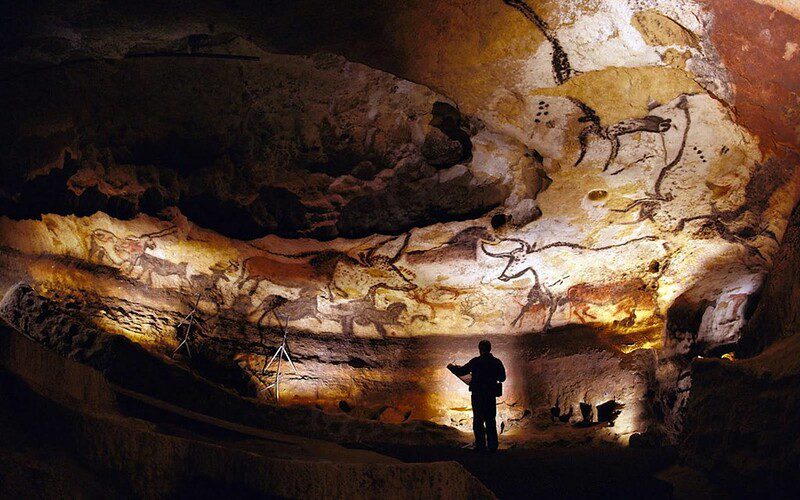

Scenic Nature & Outdoor Activities
- Dordogne River – Perfect for kayaking, canoeing, and enjoying the breathtaking scenery.
- Hiking Trails – Numerous routes wind through forests, limestone cliffs, and charming countryside.
- Gardens of Marqueyssac – Stunning manicured gardens with panoramic views of the valley.
- Hot Air Balloon Ride – Soar above the Dordogne Valley for a breathtaking view of castles and rivers.
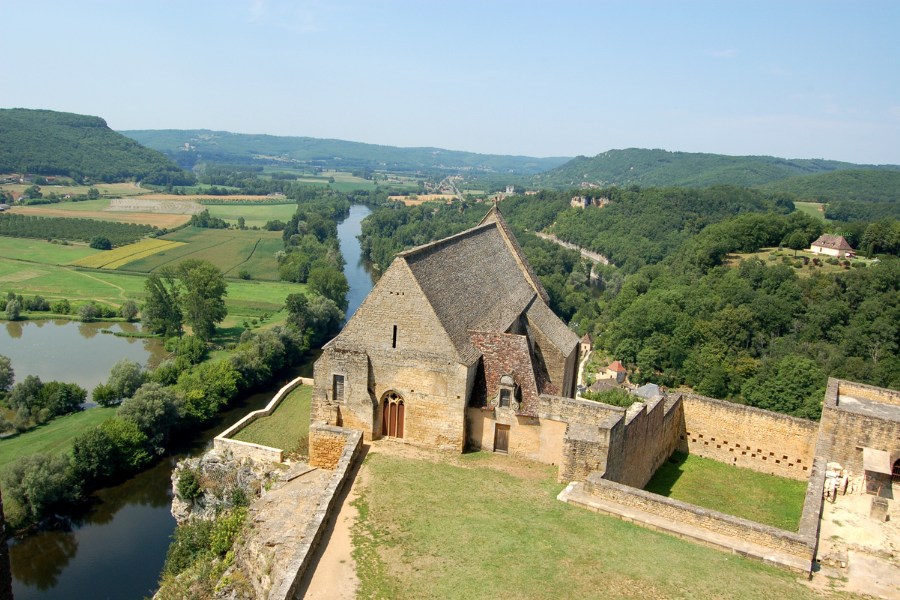

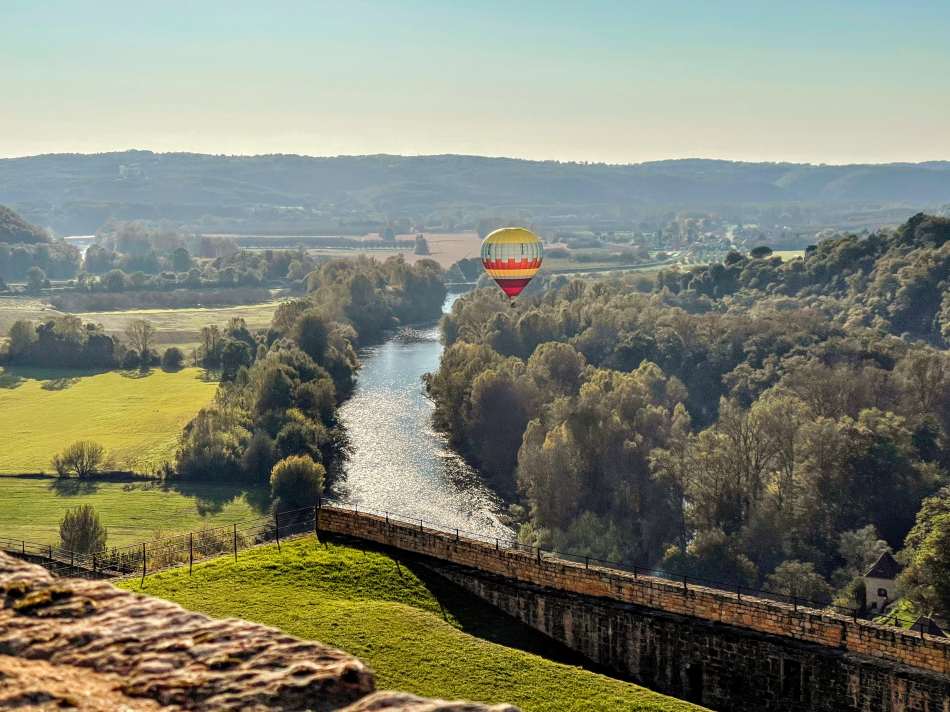
Food & Wine Stops
- Sarlat Market – A must-visit for fresh produce, foie gras, truffles, and local delicacies.
- Bergerac Vineyards – Home to some of the finest wines in southwestern France including Montbazillac sweet white wine and Pecharmant red wine.
- Truffle Farm Tour – Discover the secrets of black truffles with a guided farm visit and tasting.
- Walnut Farm Tour – Learn about the region’s famous walnuts and sample delicious walnut-based products.
- Traditional Dordogne Cuisine – Indulge in duck confit, walnut cake, and creamy Rocamadour cheese at one of the many wonderful restaurants in the region.
How to Get Around
- Getting there by car: The best way to explore the Dordogne Valley is by car, allowing you to visit multiple towns and hidden gems at your own pace as scenic driving routes connect major attractions. The Dordogne Valley is approximately 1.5 to 3 hours from Bordeaux and 2 to 3.5 hours from Toulouse, depending on your final destination.
- Bergerac Airport: There is a small airport in Bergerac with direct flights to England, making it a convenient entry point for travelers who wish to rent a car and explore the region.
- Joining a group tour: A fantastic way to explore the region without the hassle of planning is to join a small group tour. Check out our 8-day Bordeaux & Dordogne Tour (up to 15 people) for a curated experience of the best the region has to offer. Click here for details.
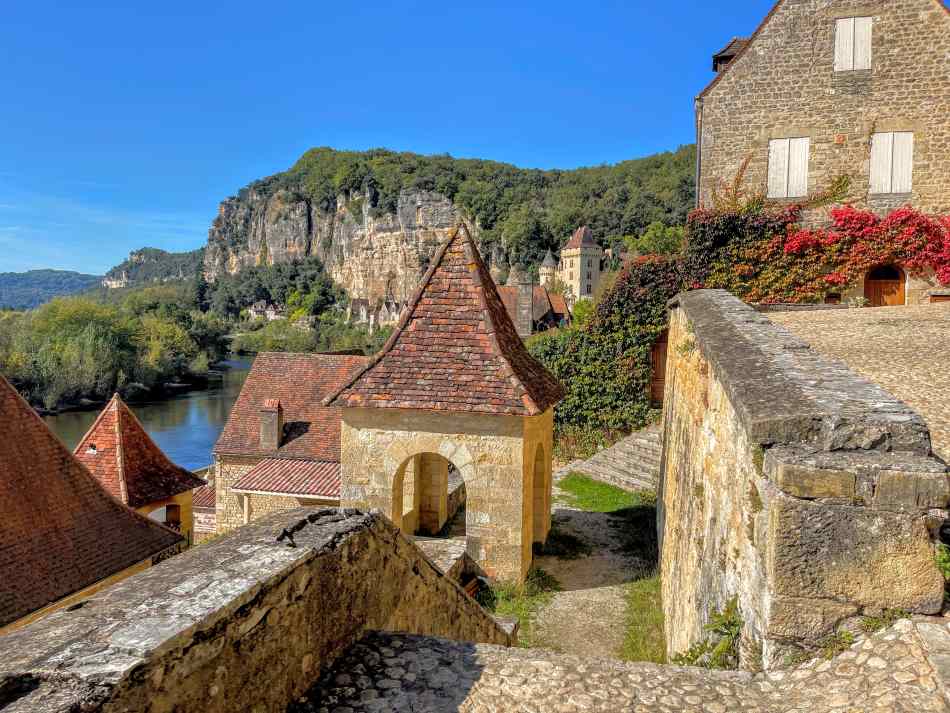
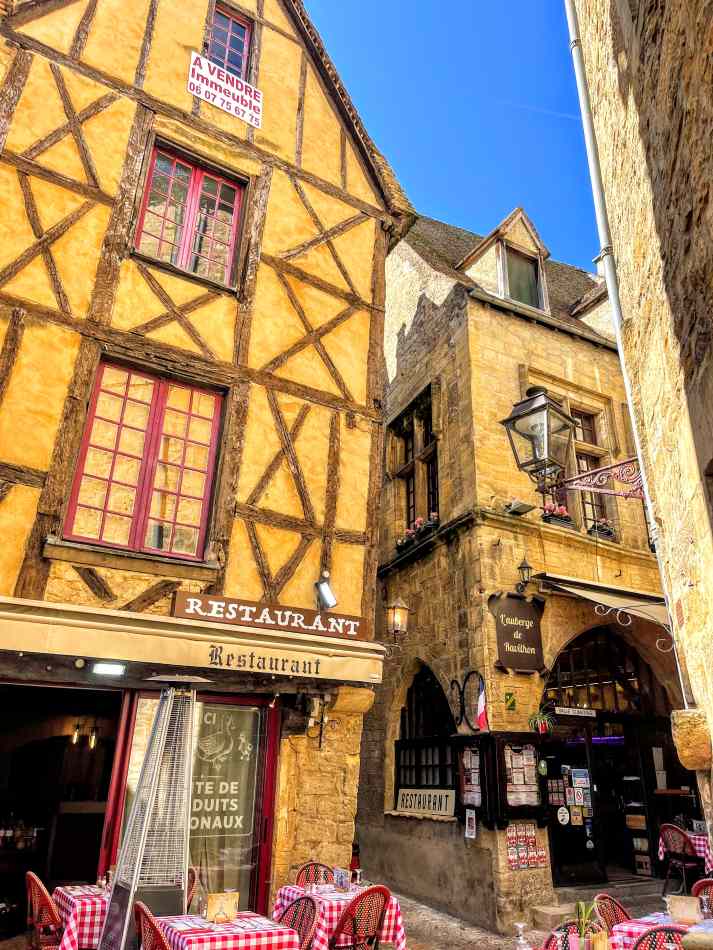

Best Time to Visit the Dordogne Valley
- Spring (April–June): Recommended–Pleasant weather, blooming landscapes, and fewer crowds.
- Summer (July–August): Vibrant festivals and sunny days, but also the busiest season. Also summer can be hot, be prepared for temperatures in the 90’s and 100’s.
- Autumn (September–October): Recommended– Stunning fall foliage and excellent conditions for wine tasting.
- Winter (November–March): A quieter experience with charming Christmas markets. However, winters can be quite cold.
Travel Tips & FAQs
- How many days do you need? Ideally, 4-7 days to fully appreciate the region.
- Is the Dordogne Valley good for families? Absolutely! Kids will love the castles, caves, and outdoor activities.
- Can you visit without a car? Possible, but limited. Renting a car provides the best experience.
- What book should I read before visiting? Fans of mystery novels should check out the Bruno, Chief of Police series by Martin Walker, set in the heart of the Dordogne and filled with local culture and gastronomy.
- Read 10 Essential Tips For a Smooth Vacation in France
Ready to Explore the Dordogne Valley?
Use this guide and Dordogne map to craft your perfect itinerary and uncover the magic of this stunning region. Whether you’re paddling down the river, strolling through medieval villages, or indulging in world-class cuisine, the Dordogne Valley is sure to captivate you at every turn! Next Read: 6 Reasons Why You Must Visit Dordogne, France
